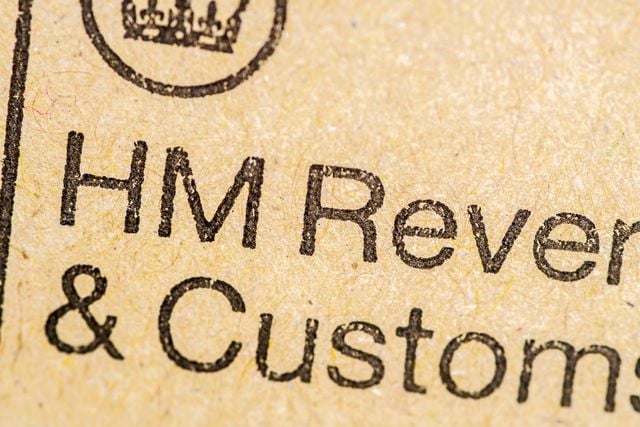The replacement of the UK’s paper-based stamp duty (SD), and its electronic cousin stamp duty reserve tax (SDRT), with a unified and modernised single tax on securities transactions re-emerged this week as a Government priority with significant new impetus. This development will be of interest to a broad range of investors into or via the UK – as well as their advisors – and currently promises to bring tangible benefits in the UK corporate transaction context.
In a previous Viewpoint we covered the detailed 2023 Consultation in which the previous UK Government sought industry and adviser views on a proposed root and branch reform of the existing SD and SDRT regimes. The fact that the responses and accompanying update on Government policy have only now emerged reflects the complexity of the undertaking, which has seen several previous false-starts, as well as intervening political developments including the 2024 UK general election. But anything the Consultation Outcome may have lacked in speed it makes up for in substance.
The general direction of travel remains in line with the positive previous announcement. The as-yet-unnamed single tax on securities transactions is proposed to replace both SD and SDRT, to apply to a tax base comprising “non-government equity” in UK-incorporated companies, to be imposed on purchasers at a rate of 0.5% of chargeable consideration, and to benefit from the existing range of reliefs (group relief will thus be directly available for dematerialised transactions for the first time). A specific statutory pre-clearance service will not be introduced, but there will be access to the HMRC non-statutory clearance procedure.
It is worth noting here that the Government has not been convinced by recurrent and well-publicised pressure, especially from the UK public markets, to reduce the tax rate or – in light of its perceived distortive effect on investment and trading decision-makings – rethink the existence of a share transfer tax entirely. Maintaining tax revenues has proved to be the priority, even if the most recent data shows year-on-year declines in receipts from both SDRT (£2.3bn, down 11% YoY) and SD (£905m, down 24% YoY).
In line with the UK’s general trend towards self-assessment, the new tax will (for non-CREST transactions) be administered via a new online portal which HMRC is already testing in prototype. The payment deadline will remain 30 days following completion or, slightly nebulously, substantial performance (by reference to dividend and voting rights: this principle may prove complex to legislate). In probably the most widely-welcomed change, the portal will facilitate same-day transfer of share ownership (via a unique transaction reference number issued at the point of filing) – meaning an end to waiting weeks or even months for HMRC confirmation of stamping before share registers can be updated.
The ever-growing secondaries industry, and others involved in UK share transactions involving partnerships, will be heartened by the Government intention to take transfers of partnership interests out-of-scope of the new tax, subject to suitable anti-avoidance provisions, as well as by expected clarifications to the rules for in specie contributions to and redemptions from non-UK partnerships. Other targeted exemptions or scope exclusions are expected for common pension funds and life insurance industry transactions involving shares.
As anticipated in our previous comments, the two-year backstop in the deferral mechanism for contingent or unascertained consideration will instead be four years with potential extensions up to a maximum period of 12 years. In addition, the 1.5% SDRT “season ticket” charge – a notable absence from the 2023 Consultation – is now being included through a separate consultation so should become a more coherent part of the redesigned regime.
Other refinements to the proposal since 2023 represent points of detail that support the general direction of travel. The proposed abolition of the £1,000 de minimis exemption remains one of the few aspects in which the new regime appears to fall short of its stated aims of increased simplicity and ease of use. It would be interesting to see the anticipated increased tax take from the resultant payments set against the taxpayer, adviser and HMRC time spent administering them! And unless £5 rounding-up of liabilities (yet to be confirmed) forms part of the new regime, liabilities in pennies will be not infrequent.
Another area that may see further change as the Government’s policy intentions are translated into legislation is the new percentage-based penalty regime for late notifications. An initial penalty of 5% of the tax liability (even for transactions subject to a relief) could well be a material amount on larger deals and represents a material increase on the current capped SD penalty regime. The design of the regime will need to build in suitable taxpayer safeguards.
The statement in the Consultation that “stamp duty is often regarded as an anachronistic feature of an otherwise well-performing UK tax system” will be roundly echoed by UK taxpayers, their advisers and, perhaps especially, overseas investors grappling with the counter-intuitive intricacies of the current regime. And with commendable ambition, the Government is targeting 2027 – a round 333 years after SD was first imposed “upon vellum, parchment and paper” – for entry into force of the primary legislation introducing the new tax on securities.
Subscribe to Ropes & Gray Viewpoints by topic here.
Authors
Stay Up To Date with Ropes & Gray
Ropes & Gray attorneys provide timely analysis on legal developments, court decisions and changes in legislation and regulations.
Stay in the loop with all things Ropes & Gray, and find out more about our people, culture, initiatives and everything that’s happening.
We regularly notify our clients and contacts of significant legal developments, news, webinars and teleconferences that affect their industries.


